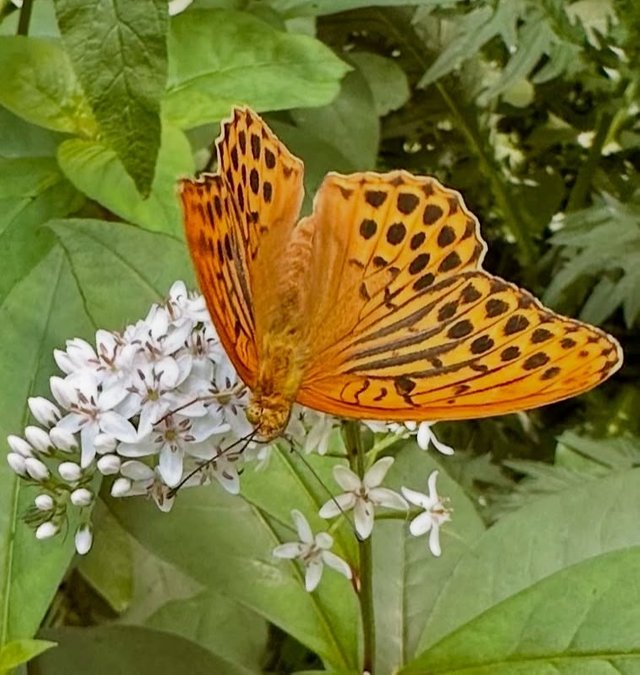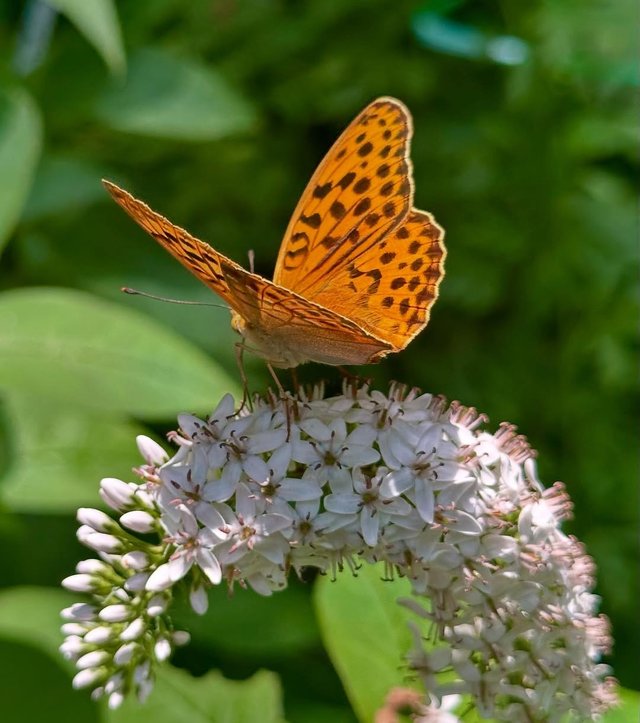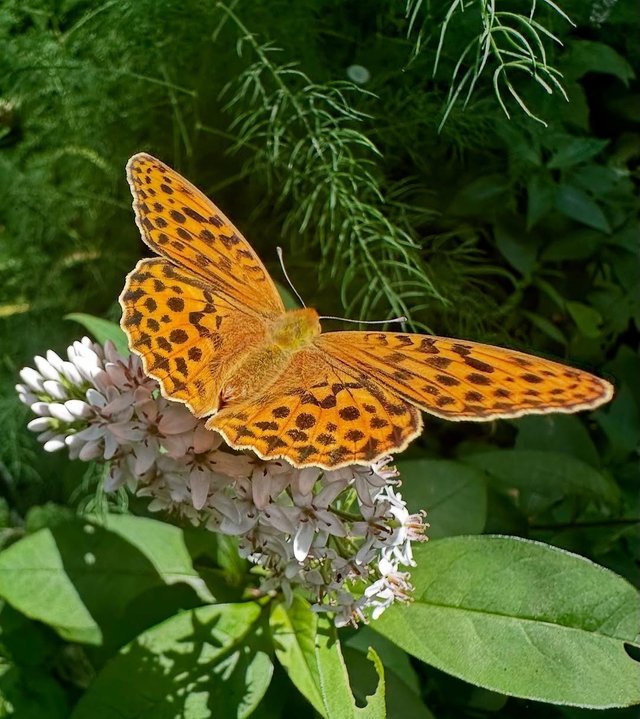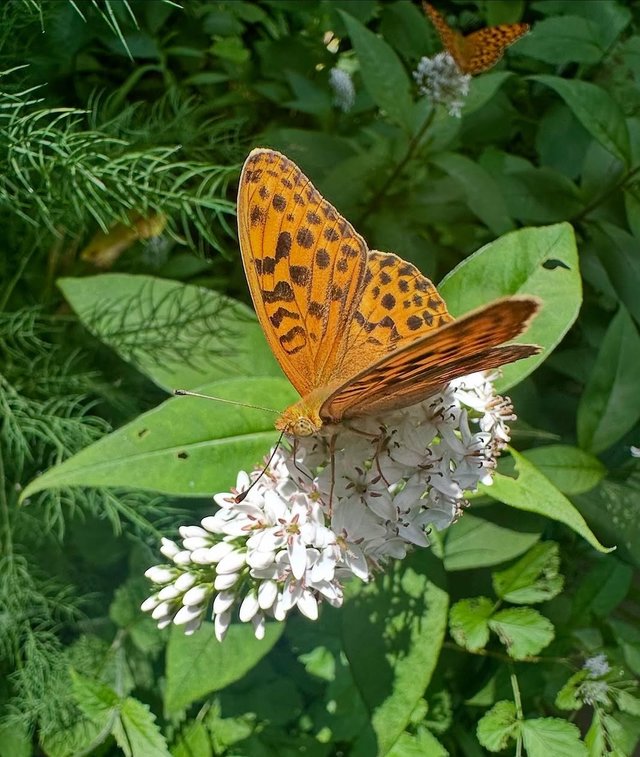Silver-Washed Fritillary So Cute Butterfly
The Silver-washed Fritillary is a strikingly beautiful butterfly that graces the woodlands of Europe and parts of Asia with its radiant presence. Named for the silvery streaks that shimmer on the undersides of its hindwings, this species is the largest of the fritillaries in Europe and is widely admired for its elegance in flight and vibrant coloration. With its powerful, gliding flight and affinity for sunlit forest glades, the silver-washed fritillary is both a symbol of summer vitality and a vital component of the ecosystems it inhabits.
Physical Description
The adult silver-washed fritillary is notable for its bright orange wings adorned with black spots. The wingspan ranges from 60 to 76 mm, making it one of the largest butterflies in its range. The forewings are elongated and elegant, helping the butterfly achieve its smooth, fast flight.
One of its most distinctive features lies on the underside of the hindwings, which displays a series of silvery-white streaks—a trait that gives the species its common name. These silver “washes” contrast beautifully with the background of mossy green and brown, providing camouflage when the butterfly rests with wings closed.
Males can be distinguished from females by the presence of four dark scent stripes on their forewings, which release pheromones during courtship.
Distribution and Habitat
The silver-washed fritillary is widespread across Europe, extending into northern Africa, the Middle East, and parts of Asia, including Siberia, the Caucasus, and northern Iran. In Britain, it is found primarily in southern and central England and Wales, though its range is expanding in some areas thanks to conservation efforts and climate change.
Its preferred habitat is broad-leaved woodland, especially oak and beech forests with open glades, sunny rides, and areas of bramble and violet. The butterfly thrives in environments where both nectar sources for adults and larval food plants are present.
Life Cycle and Behavior
Like all butterflies, the silver-washed fritillary undergoes complete metamorphosis with four stages: egg, larva, pupa, and adult.
Eggs are laid singly on tree bark—typically on oak or other trees near patches of violets, which are the host plants for the caterpillars.




%20(7).jpeg)